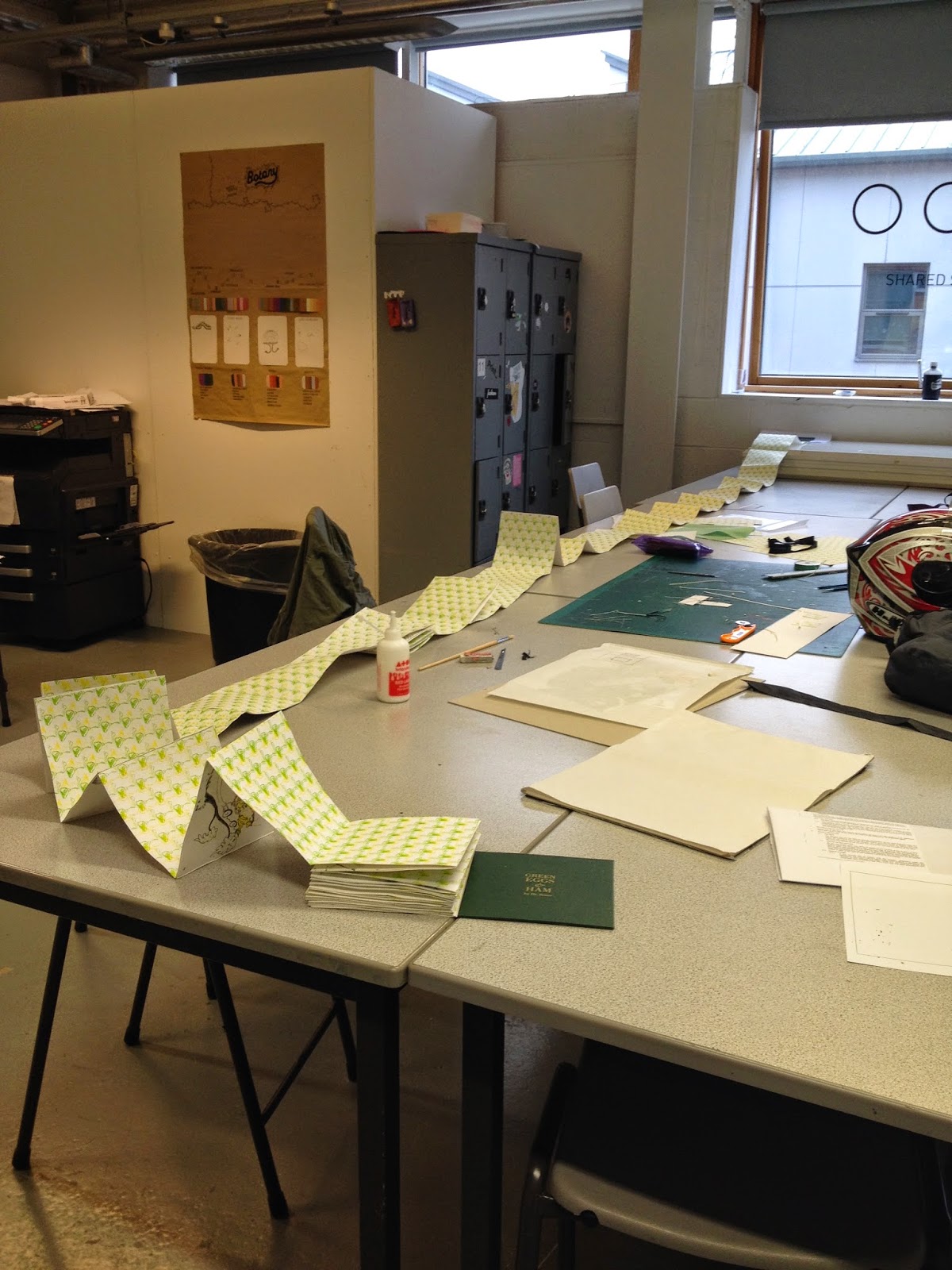I came up with the full book pretty quickly as it was quite straight forward to design with lots of blank/lined pages. I wanted to add humour to the book by using a friendly kind of sarcastic tone. I called it the ‘Graphics Survival Bible’ as I felt that it was a key thing to have to survive on this course.
Initially I used the font that I had used for my personal branding (Quicksand) because of it’s friendly look and feel. But when it came to my critique while people said that the book was a great idea, it came across as a bit childish. The bright colour of the cover paired with the humour and friendliness of the book made it seem like a school work book to some of my peers. So however much I wanted to include my friendly style I think it might be inappropriate in this setting. Also they suggested a name change as the survival bible was a bit irrelevant to the design of the book and its purpose.
I struggled coming up with a different name, however, as I went through loads of different names like a “design journal” or a “brief journal” and even a “Graphics journal”. I ended up coming up with a tag-line rather than having a title to inspire people to pick it up and explore it.
Additionally for extra inspiration I used type embellishments at the top, bottom and sides of the page, similar to the ones used in printed pages layout. I put the academic years of the course as well as two words on opposite ends of a double page spread - experiment and explore. I feel that these two words are a key part of working on briefs as a graphic designer as all you are doing is experimenting and exploring new ideas until you come up with a great idea.
I also added a section for the name, module and brief names to the front of the book so it could be assessed as a note book rather than a piece of student’s work. I do worry that this makes it look like a school workbook again but I feel it is very much needed on the cover.
In terms of the content on the inside of the book, I added and took away a few pages, mainly giving more space for the sections I had already created. One of my peers had fed-back that they would like somewhere to write down research that may be mentioned within sessions so I added some more sketches/notes pages at the back with gridded and blank pages.
After the interim critique it was suggested that I create labels or stickers so it could extend out of just the booklet alone. I thought for ages of what stickers I could create that were helpful but I only came up with having a “this belongs to...” Sticker to help people keep their goodies at the start of the year.
So I thought I’d create something that was a bit of fun. I ended up coming up with an shield crest or emblem for the course and the first years. Using the most used tools I put this illustration together. I really like how bright and fun it is, it gives a bit of sparkle to the kit that I am making. Because everybody loves stickers!
I played around a lot with the colours of the emblem to get ones that complemented each other, I couldn’t choose on a final so I printed out all 3. I printed them on clear, glossy paper so that they could be stuck over things seamlessly.
I really like these designs but I wish that I could have come up with more helpful designs. But I suppose sometimes inspiration is helpful to some people.








































